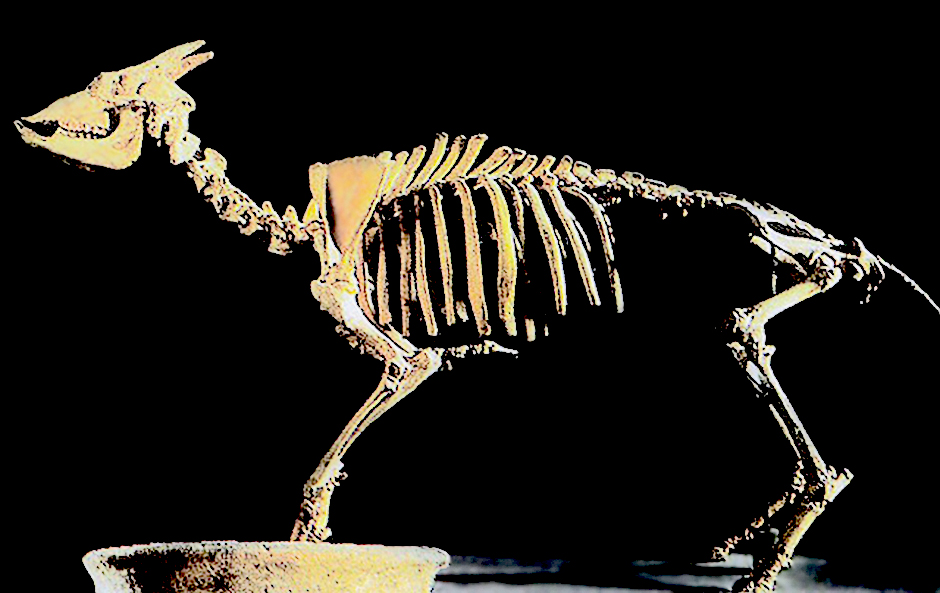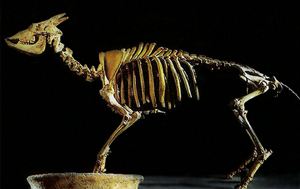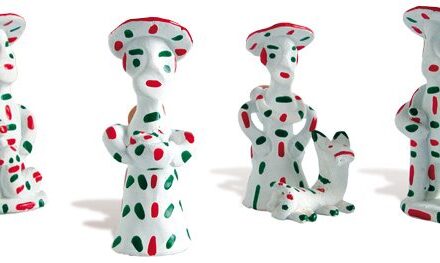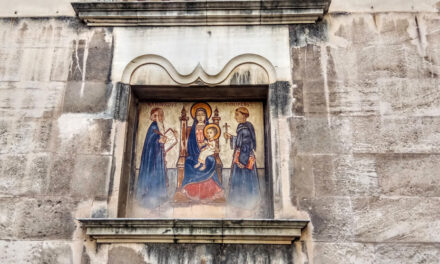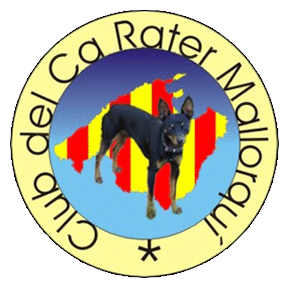
It is a largest mammal of the islands and belongs to the antelope family. Its remains have been found next to human objects and bones, proving that man coexisted with this animal and tamed it.
The name of Myotragus comes from the Greek and means “goat-rat”. It is believed that this mammal arrived in Mallorca when the islands were still attached to the continental shelf, more than five million years ago.
Once our islands were separated from the continent, their ancestors were isolated, they found themselves without major predators that threatened them and evolved differently from those outside the islands, adapting perfectly to the insular habitat.
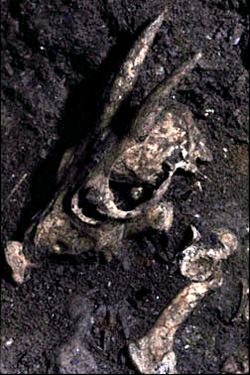
The Myotragus Balearicus is the only domestic, extinctspecies known in the world. The latest evidence of its presence in Mallorca dating from 2030-170 BC.
In May 2010 a group of paleontologists made a new and fruitful expedition in the Cova des Pas de Vallgornera (Llucmajor), which have already reached 65 km topography, discovered in an isolated gallery known as “Tragus” the complete skeleton of Myotragus oldest surviving, about two million years, belonging to a missing link in the evolutionary chain of “goat-rat” between the Myotragus antiquus and Myotragus kopperi.
